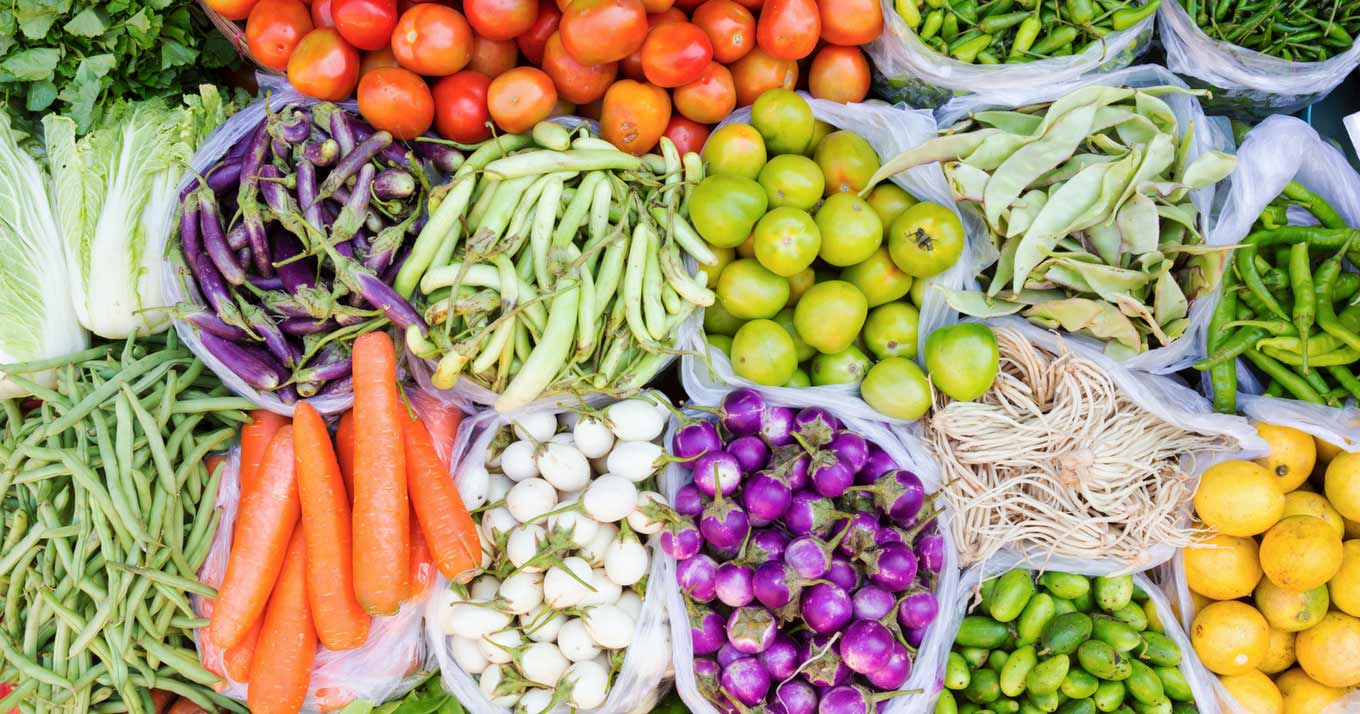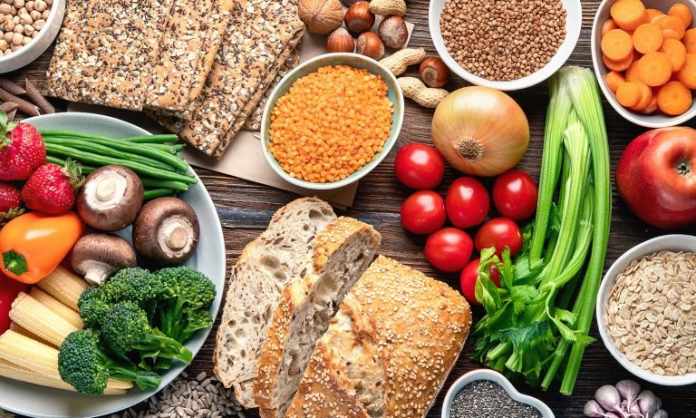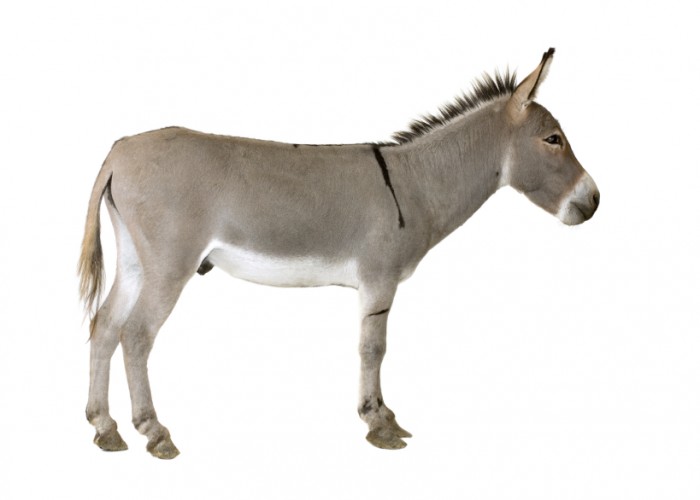Including high fiber vegetables in your diet can have multifaceted health benefits. It is essential for your body. Fiber is not digested in the stomach but ends up in your colon, where it feeds the bacteria good for health. Fiber is also known for its benefits in lowering blood sugar levels and body-weight and its ability to fight constipation. The recommended intake of fiber every 1000 calories is 14gm. To give your body the required amount of fiber, you can include several fiber-rich foods in your day-to-day diet. In this post, there is a list of high fiber vegetables that can fulfill your daily fiber needs.
Table of Contents
List Of The High Fiber Vegetables And Fruits
The below-given list elaborates on some of the best fruits and vegetables that are high in fiber content. Check it out:

-
Pears
The pear is a sweet fruit that has both taste and nutrition. It’s one of the richest fiber sources among other fruits. A medium-sized, raw pear can contain up to 5.5 grams. 3.1 grams of fiber is present per 100 grams.
-
Strawberries
Strawberries are a tasty and balanced source of fiber that can be consumed fresh. Interestingly, they are also among the fruits that are the most nutrient-dense you can consume, with tons of vitamin C, manganese, and various healthy antioxidants. In this banana strawberry smoothie, try some. In one cup of fresh strawberry, the fiber content is 3 grams or 2 grams per 100 grams.
-
Avocado
Avocado is a fruit that’s unique. It is filled with healthy fats instead of being high in carbohydrates. Vitamin C, magnesium, potassium, vitamin E, and various B vitamins are very high in avocados. They have many health benefits as well. In one of these mouth-watering avocado recipes, try them. In one cup of raw avocado, the fiber content is 10 grams or 6.7 grams per 100 grams.
-
Apples
Apples are among the tastiest fruits you can consume and the most rewarding. They are relatively high in fiber as well. We like them in salads in particular. Up to 4.4 grams of fiber can be found in the medium size of the raw apple. Apples can have 2.4 grams of fiber per 100 grams.
-
Raspberries
With a very good flavor, raspberries are highly nutritious. They’re rich sources of manganese and vitamin C. You may try to mix some into this dressing for raspberry tarragon. In one cup of raspberry, 8 grams of fiber may be present. Alternatively, 100 grams of raspberries can have 6.5 grams of fiber content.
-
Bananas
Bananas, including vitamin C, vitamin B6, and potassium, are a good source of many nutrients. A green or unripe banana, a form of indigestible carbohydrate that acts like fiber, often contains a large amount of resistant starch. Try them in a sandwich with nut butter for a hit of protein. The fiber content in a mid-sized banana can be up to 3.1 grams.
-
Carrots
The carrot is a tasty, crunchy, and highly nutritious root vegetable. It is rich in vitamin K, vitamin B6, magnesium, and beta-carotene, an antioxidant that your body converts into vitamin A. Toss your next veggie-loaded soup with some diced carrots. The 100 grams of carrot serving can contain 2.8 grams of fiber.
-
Beets
The beet, or beetroot, is a root vegetable that’s high in various essential nutrients, such as folate, iron, copper, manganese, and potassium. Beets also offer inorganic nitrates, which are nutrients with various benefits related to blood pressure regulation and exercise performance. Give them a go in this lemon dijon beet salad. 2.8 grams of fiber in present in every 100 grams.
-
Broccoli
Broccoli is a type of cruciferous vegetable and one of the most nutrient-dense foods on the planet. It’s loaded with vitamin C, vitamin K, folate, B vitamins, potassium, iron, and manganese and contains antioxidants and potent cancer-fighting nutrients. Broccoli is one of the high fiber vegetables that are also relatively high in protein, compared with most vegetables. We like turning them into a slaw for various uses. In 100 grams of broccoli, you can get 2.6 grams of fiber.
-
Artichoke
Artichoke doesn’t so much make headlines. This vegetable, however, is rich in many nutrients and is one of the best fiber sources in the world. You may try it in the roasted form. In 100 grams of the artichoke, you can grab up to 5.4 grams of fiber.
-
Brussels sprouts
A cruciferous vegetable that is related to broccoli is the Brussels sprout. They have very high levels of vitamin K, potassium, folate, and potent antioxidants that fight cancer. Try sprouts roasted with apples and bacon from Brussels or drizzled with balsamic vinegar. 100 grams of the Brussels sprouts can hold up to 3.7 grams of fiber.
-
Lentils
Lentils are among the most nutritious foods and very inexpensive. They have a very high protein content and abundance of essential nutrients. Cumin, coriander, turmeric, and cinnamon spice up the lentil soup. Eating 100 grams of lentils means you are eating 1.3 grams of fiber.
-
Kidney beans
Kidney beans are a common form of legume. Including it in your diet can provide plant-based protein and different nutrients, much like other legumes. It is among the best high fiber vegetables that can give multifaceted health advantages.
-
Split peas
Dried, split, and peeled seeds of peas are used to make split peas. They’re also seen after holidays with ham in split pea soup. 100 grams of split peas may enclose up to 8.3 grams of fiber content.
-
Chickpeas
Chickpea is a type of legume full of protein, minerals, and other nutrients. The hummus base is made of chickpeas, and you make spreads out of it with absolute ease. You can spread it on veggies, salads, and whole-grain toast. 100 grams of chickpeas servings can give up to 7.6 grams of fiber.
Takeaway!
The list of the high fiber vegetables, fruits, and other food items in this post can improve your bowel health, lower cholesterol and sugar levels, and help in maintaining a healthy weight. Besides, it is also helps in relieving constipation. If you liked this post, get more from reaching out to our blog section.








